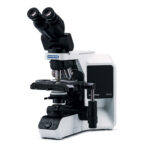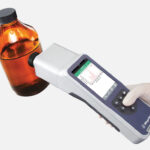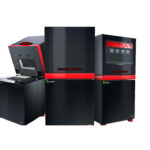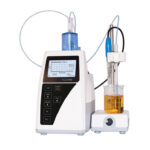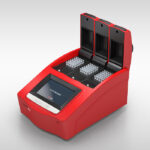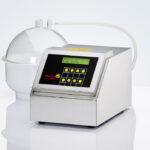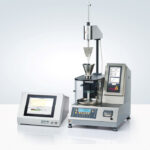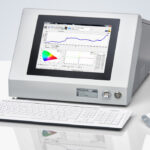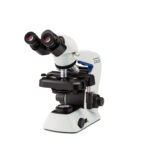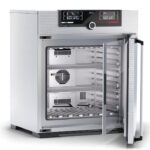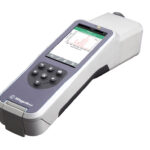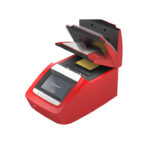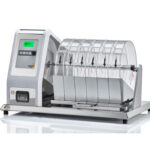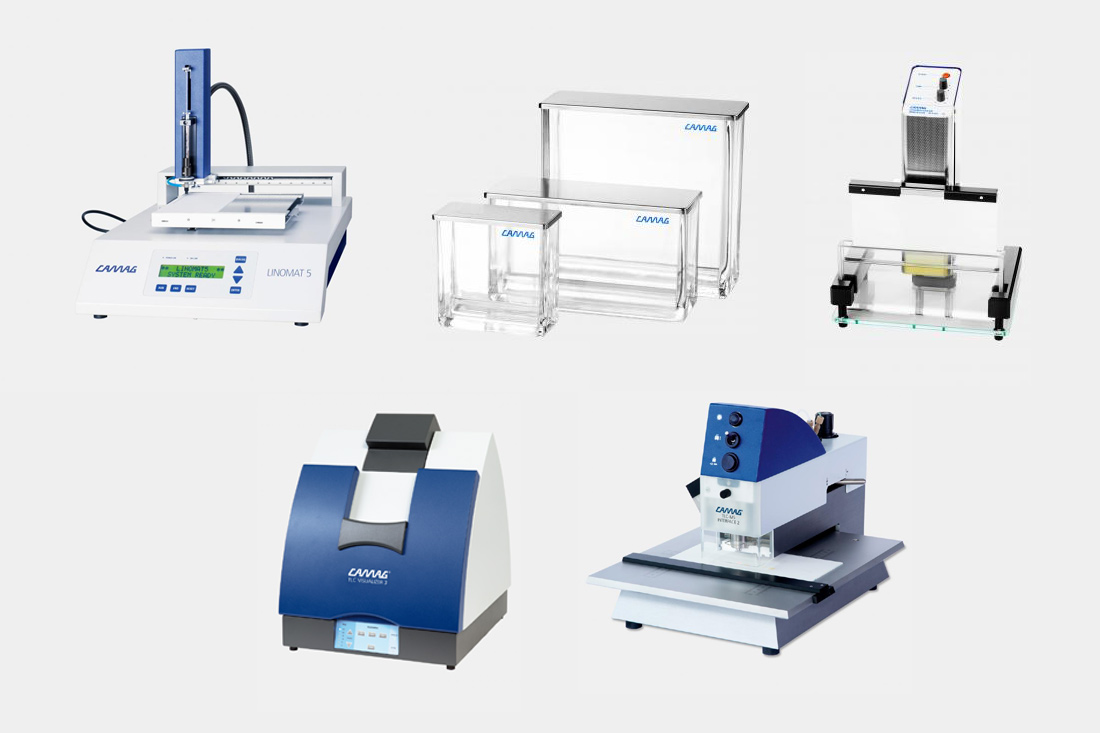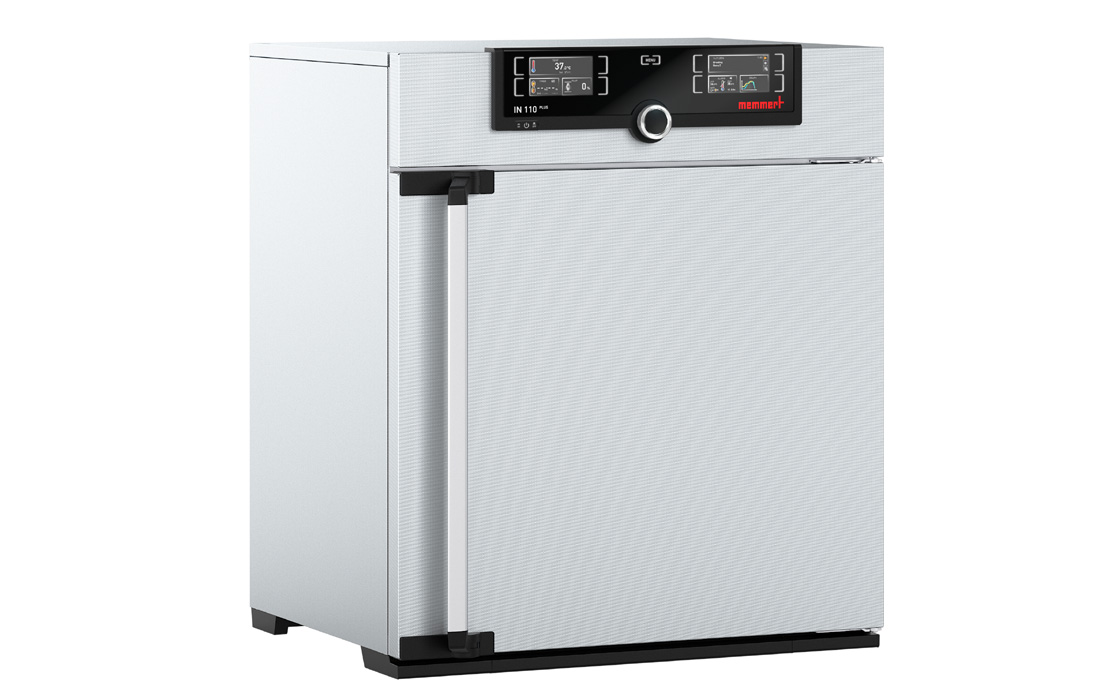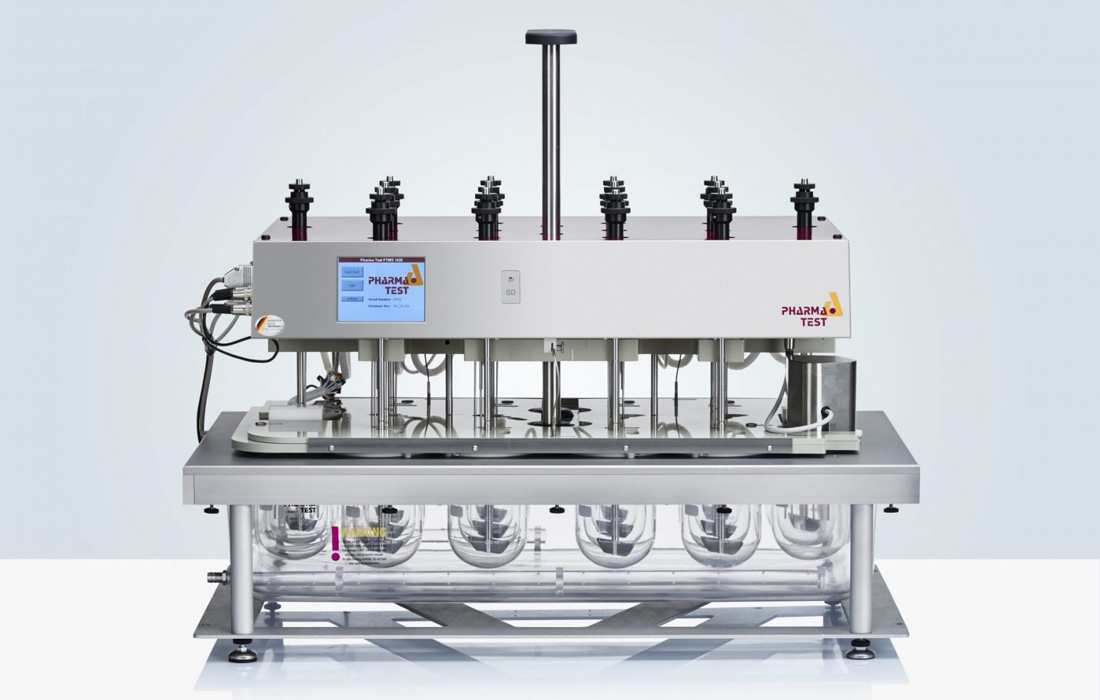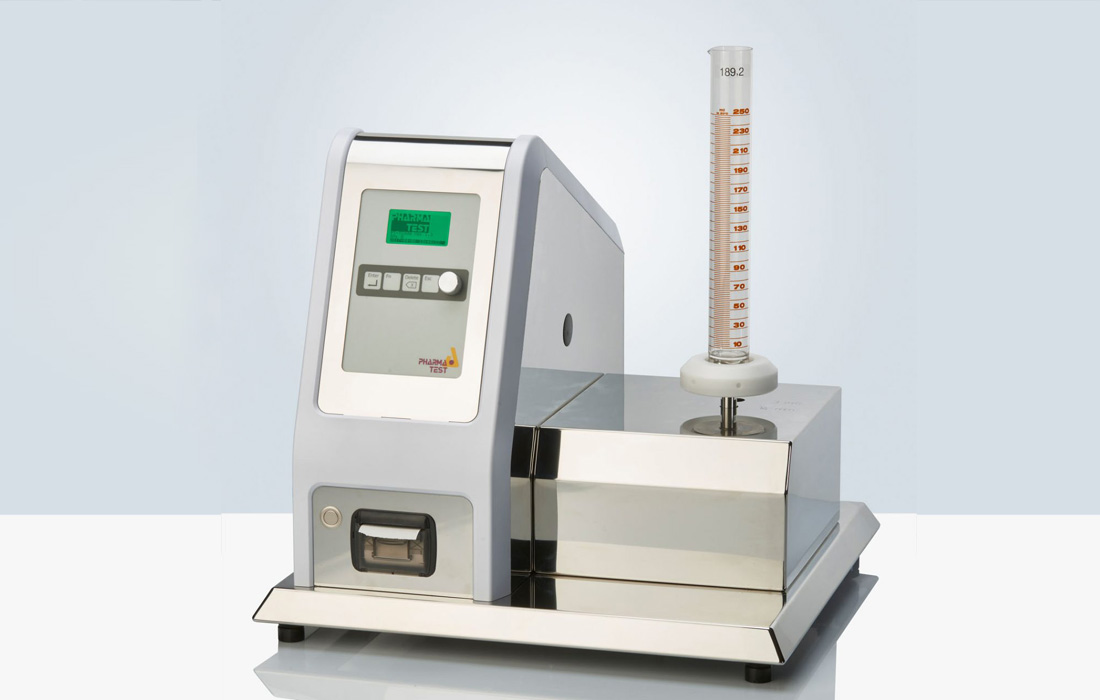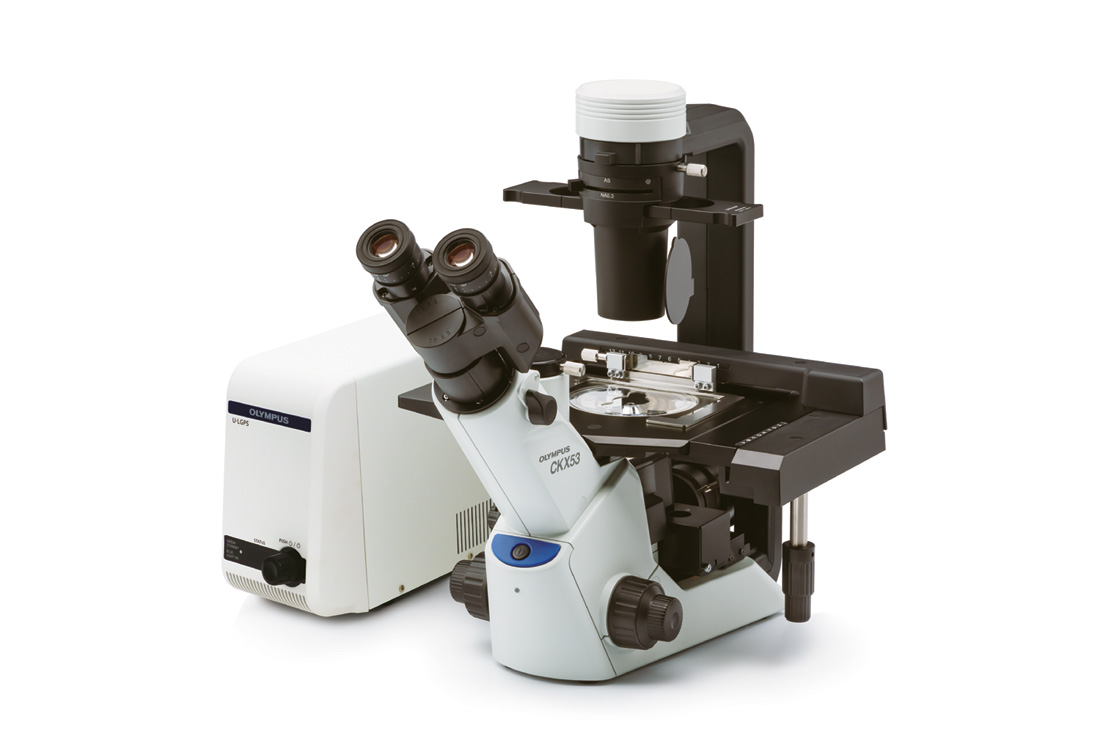Application
Spotting samples using a fixed volume capillary is the simplest and cheapest way of sample application for conventional TLC. Precision of the applied volume, exact positioning and compactness of application zone determine the quality of the final result.
Development
The mobile phase is drawn through the stationary phase by capillary action. Samples are separated into their components which remain in their position on the layer after the mobile phase has been evaporated. Reproducibility of the separation is dependent on environmental effects.
Derivatization
Substances without chromophores or fluorophores can be visualized or made detectable through derivatization. The required reagents are transferred onto the chromatogram by manual spraying or dipping.
Detection
TLC offers the opportunity to “visualize” the chromatographic result directly for the human eye. Colored substances can primarily be seen on the plate. UV active substances can be illuminated choosing between two UV tubes for illumination (UV 254 nm & UV 366 nm).
MS-Interface
TLC-MS coupling allows for verification of the chemical structure of analytes by Mass Spectrometry. Analytes can be directly eluted to an MS or the eluate can be collected for further analysis offline.
